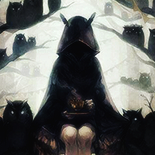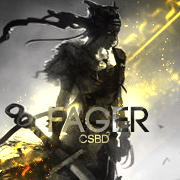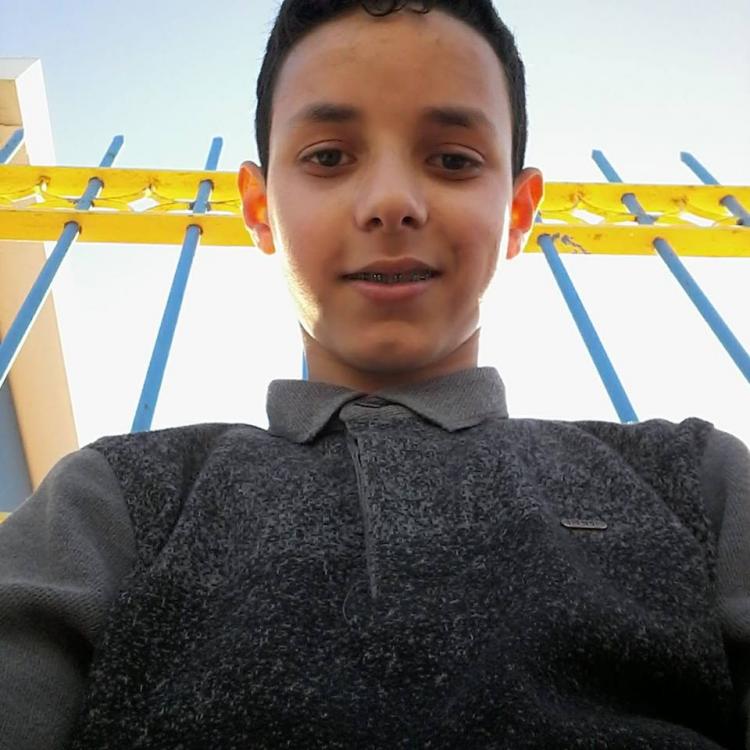Danganronpa: Trigger Happy Havoc is the kind of game that requires the right kind of taste to be appreciated. It’s unapologetically dark by design, doesn’t hold back from some pretty in-your-face violence, and replaces many traditional gameplay elements with an odd assortment of mechanics not normally found in adventures. Though it tasks players with investigating murders and solving them in courtroom scenes, similar to Capcom’s po[CENSORED]r Phoenix Wright games, it is a far cry from that series’ lighthearted approach and tongue-in-cheek humor. It’s more akin to an entry in the Saw film franchise, as directed by David Lynch. Originally a Vita exclusive but recently ported to PC and PS4, it’s a good game for those able to appreciate its bizarre sensibilities, but even more than most games, it certainly won’t be for everybody.
Players take on the role of Makoto Naegi, a high school student who, much to his surprise, has been invited to attend the prestigious Hope’s Peak Academy, where only the most elite students are prepped for a life of success. Stepping into the school on orientation day, however, he quickly loses consciousness and wakes up in a classroom, disoriented. Meeting the other students, he discovers that the school is completely sealed up, effectively trapping them within. Worse, they’re soon informed by the cute and deceptively cuddly robot teddy bear Monokuma, and whoever controls him from behind the scenes, that they will stay trapped forever, unless they participate in a sadistic killing game, with the sole survivor being the “graduate” and released back into the world.
Once the crux of the game has been introduced, the remainder of the narrative is split into six chapters, each leading up to a murder and ending with a trial. Whenever a murder occurs, the remaining students must participate in a class trial to try to discover the killer. If the correct culprit can be identified beyond a shadow of a doubt, he or she will receive a lethal and twisted punishment. Should you fail to establish guilt, all students but the guilty one – known as the “blackened” – are killed instead.
Getting to know Danganronpa’s cast of characters is a big job, especially early on before you become more familiar with them. For starters, Makoto meets all fourteen of the others at once, within the first few minutes. Luckily, all of the character design are unique, colorful, creative, and, in several cases, humorous. Their over-the-top personalities are as memorable as their exaggerated features, like the otaku student Hifumi who cares more for the 2D world of his manga than his real-life companions, or the heavily-muscled world class fighter Sakura. The distinctiveness of the characters is a great help in getting your bearings early on, though the story is sadly a bit lagging during the first couple of chapters. As you get a better handle on the story and cast, the narrative also picks up considerably.
At the beginning of each chapter when things are at their calmest, you will participate in the Daily Life section. Here, Makoto interacts with his fellow classmates in both scripted and exploratory gameplay segments. There’s generally a bit of housekeeping involved – moving to certain areas within the school to trigger conversation scenes to keep the plot moving along. During most chapters, you are also given designated blocks of time dubbed as Free Time, in which you can choose to visit any character you wish, deepening their relationship with Makoto. Though these sections can help flesh out some character details, they have no bearing on how the overarching narrative plays out, and often seem like filler. Of course, they can be skipped altogether by just going to bed instead, but this comes at the price of missing out on unlockable abilities and skill points that extend the timers during class trials or provide extra chances to answer questions.
Wandering around the school is done in a free-roaming first-person mode, with an overlay map that can be toggled on and off. Entering a classroom or other location triggers a unique transition reminiscent of opening a cardboard pop-up book, where all furniture drops in, pops up, or unfolds itself in some way. Other characters are displayed in a similar way; while actual conversations feature big, static character portraits, all students not currently engaged are cardboard cutouts that always face the player, turning creepily on their own axis as you move past them.
Controls work passably most of the time, though turning has a tendency to feel much more sluggish than it should. While some camera settings can be eased up on in the options menu, turning and moving with the PS4 controller’s two thumbsticks generally don’t work incredibly well together. The camera has an annoying habit of slowing whenever it locks on to an interactive object, delaying movement. While the overlay map shows the floorplan, it isn’t interactive in any way – there is a second, much more useful map, but it is only accessible by going through a separate menu screen. This is the map most players will reference the majority of the time, since it features fast-travel points to move from point A to point B in short order, and provides information on where to go to advance and reveal locations of all other characters.
Before long, the story gets around to the discovery of a body. This is where Danganronpa really comes into its own. With such a large cast of characters, there’s plenty of suspicion to go around, and the game takes full advantage of this. The Daily Life segment ends, and the Deadly Life portion begins. Much like before, time is split between scripted dialog scenes and investigation sequences, where Makoto travels to various areas of interest and examines them, picking up clues and interrogating others. This is pretty hand-holdy, and the story will not move on until every clue has been uncovered, at which point the Class Trial starts.

![[N]audy](https://csblackdevil.com/forums/uploads/monthly_2020_06/lCGU8Xg.thumb.png.45679e2de49e686878288cdf7b53f6f4.png)







![Good[L]ock ♛](https://csblackdevil.com/forums/uploads/monthly_2017_08/www.thumb.gif.065785afaa730ae44cec795031c11767.thumb.gif.387d36450ad8726f39ddac57049d5942.gif)








